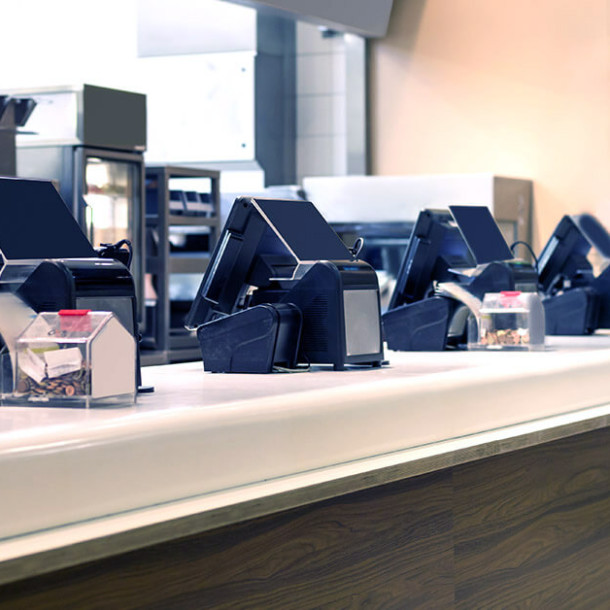
Sabina Bhatia on “Payactiv and the Impact of Earned Wage Access”
Sabina Bhatia, Payactiv’s Chief Customer Officer, joins HCM Technology Report’s PeopleTech podcast to discuss the impact of Earned Wage Access. Listen to the full interview here or read below.
Mark Feffer:
Welcome to PeopleTech, the podcast of the HCM Technology Report. I’m Mark Feffer.
Mark Feffer:
Joining us today is Sabina Bhatia, the chief customer officer of Payactiv. They provide Earned Wage Access, which allows employees to access their pay before a scheduled payday. We’re going to talk about Payactiv’s products, how it sees the market, and where it hopes to go, on this addition of PeopleTech. Sabina, thank you for being here. Can you tell me about Payactiv?
Sabina Bhatia:
Hi, Mark. Thank you so much for having me today. It is a great opportunity for us to spread the word about our mission and what we are trying to do to make an impact on our community employer base and employee base. I think the best way to describe Payactiv is the active is a technology solution that makes payroll on demand.
Sabina Bhatia:
But let me simplify that by saying think about an hourly worker who comes into work, clocks in, works through the day, and then clocks out. Now, Mark, this hourly worker has to wait to get paid. They don’t get paid at the end of the day. They have to wait for two weeks to get paid. In those two weeks, they have bills, they have emergencies, they just have to take care of their day-to-day expenses and they just cannot afford to do it, especially, they’re making 15, $16 an hour. So what Payactiv does is we ingest the HR, payroll, and time attendance data, and then simulate earned but unpaid income for the hourly workers so they can access their earned, but unpaid wages. That is really the essence of what Payactiv is. I know you need some more information when it comes to our technology platform and I can talk about it a little bit more, but I hope that was helpful.
Mark Feffer:
Yeah. No, that was fine. Actually, what I was going to ask next is, or what I’m going to ask next, obviously, Payactiv is a platform. So could you tell me a little bit about the technology behind the platform, but also I’m curious to know what role integrations play.
Sabina Bhatia:
Sure. Absolutely, Mark. So today, Payactiv is available in standalone, embedded, and white label formats. Payactiv has access to over 100-plus HRIS interfaces, which makes it capable of exchanging that data that I previously discussed on payroll, TNA, and HRIS systems, which ultimately offers the EWA and other relevant solutions. So that is really what our platform looks like.
Mark Feffer:
What kind of businesses are using Payactiv? I mean, I imagine it’s a range in different industry sectors. Could you just give me a flavor for where these customers are?
Sabina Bhatia:
Absolutely, Mark. So really important, right, for us, our customers are our users. I say that because when it comes to customers, we will serve any industry, any company of any size. We will not leave any person behind. And that was really the goal when our CEO and founder, Safwan Shah, created the category over a decade back. The idea behind that was to improve financial stability and livelihood of the paycheck-to-paycheck worker and every worker. So, we will work with any industry, any size, any company, as long as we get an opportunity to serve their people.
Mark Feffer:
Now, you’ve also obviously done a lot of work researching your business, and I believe you just recently published or are about to publish a survey. Can you talk about that? Just what did you find, what were you trying to find, and what it told you?
Sabina Bhatia:
Absolutely. And thank you for asking me this question. So yes, we did run a survey most recently, I would say just a few weeks back in November. And the question we were trying to answer is how are customers using Payactiv, right? And you’ll find the numbers startling. More than a quarter of the respondents used payday loans and overdrafts before they started using Payactiv. The top three reasons to use Payactiv today is food, transportation, and utilities. And then you have the household needs, emergencies, rent, but look at the three big, food, transportation, utilities.
Sabina Bhatia:
So just your basic expenses on a day-to-day basis. And when they don’t have Payactiv, the three sources or alternatives that they go to are borrowing from friends and family, and that’s not easy. It’s just a whole dignity issue. So embarrassing, right? Second is payday loans. Mark, you know the APRs over there are 200, 300, 400%, and sometimes there’s no cap. Third is overdrafts. Overdrafts, the minimum you’ll pay is 30, $35 just to dodge bills on a monthly basis. So that is really how customers, our users, are using Payactiv. Food, transportation, utilities, and avoiding those other fees that come about from overdrafts and payday loans.
Mark Feffer:
Now you recently introduced a new product, Payactiv Connect. Can you tell me about that, and what was the thinking behind it?
Sabina Bhatia:
Absolutely. And before I go into the details of Payactiv Connect, let me just give you a flavor of our platform itself. Our platform is a part of three different stories. First is your live. Live helps workers live the life they earned, by giving them timely access to their earned but unpaid wages, just what I recently described. So you avoid those overdraft fees, late fees. You just take care of your day-to-day expenses, which are your food, your transportation, and your utilities. Those bills fall between paid periods. We allow employees to get access to their funds, so they don’t have to wait to get paid, and they take care of these expenses that fall between the pay period. Second part of the platform is grow. Now it’s not enough to just solve this short-term problem for the employees. So we built this grow part of the platform, which helps employees reach their short-term and long-term livelihood growth objectives, which means goal-based savings, a discount marketplace.
Sabina Bhatia:
So you can go way beyond just taking care of your day-to-day expenses, and reach a point where you can start saving. And saving meaning start a savings program, but along with that, also save from different discounts. So, that is grow. Now comes connect, which is what you are very curious about. I tell people again and again whenever we speak to clients, “Can we just not talk about the pandemic anymore?” It’s part of every conversation. It’s getting old. It’s getting exhausting.
Sabina Bhatia:
But you know what? We cannot get away from it. And the reason is that today, the employer is saying, “Listen, I cannot recruit. Once I recruit, I cannot engage my people. I need to make an impact on my deskless workforce.” That is where connect steps in. So our goal with connect is to facilitate that collaboration between the employer and the essential workforce, the deskless workforce, and to build a community among them, so they can communicate with one another, communicate with their employer, and build a team that is very much connected to the mission and goals of the employer. And that is your connect. All these three things put together, live, grow, connect, is the essence of our livelihood platform. And I try to step back to build that story, because just describing connect kind of loses the connection with the platform, so it’s important to see how we provide different resources to the employer.
Mark Feffer:
Well, I’m interested in, we’ve been talking about the employer a lot and just sort of generally about the end-user, the employee. What’s the reaction of the employees to these kinds of tools?
Sabina Bhatia:
So, Mark, a great question. I’ll answer it by using the NPS score as an indicator. For those who are not familiar with the NPS score, the net promoter score is a gauge of satisfaction and loyalty. Anything above 50 is considered to be excellent and a negative score, of course, is considered to be poor. What the NPS score does is it measures by asking customers to rate their likelihood to recommend a company to friends or family, on a scale of 0 to 10. Now a score of anything about 50 is considered to be excellent. Mark, Payactiv’s NPS score is 47, which is pretty good, right? So, that is one way we measure the satisfaction. But as we ran the survey, we looked at the NPS score of other organizations, right?
Sabina Bhatia:
So just to provide some context, Apple has a score of 54. Microsoft has a score of 44. Now, when you look at financial services companies, JP Morgan Chase has a score of 35. Bank of America, 3. Wells Fargo, 14. Now, when you look at our company, Payactiv, and if you want to put it in the financial services sector, or compare it to a technology company, a score of 47 is pretty good. But we don’t stop there, Mark. We’ve asked questions from users, and I always talk about user stories, and I try to put in as much data as possible, because those things seem to be more realistic for the audience. 66% of our respondents reported higher levels of satisfaction with their employer because of Payactiv. So basically, our users are saying that I want to work with you because you offer Payactiv. 65% said they feel more in control of their finances because of Payactiv.
Sabina Bhatia:
So they’re closer to their financials by being offered earned but unpaid wages whenever they want it, and they don’t have to wait for two weeks to get paid. 62% said that a decrease in their financial stress level was because of Payactiv. And most people, more than 50% of these respondents, are making less than 35,000 per year. So it’s very telling as to what’s really going on in their lives and the impact that we are making, both on a day-to-day basis and holistically looking at an NPS score and comparing that to both technology and financial services companies.
Mark Feffer:
One last question. We’re at the turn of the year. 2022 is pretty much here. What do you think the highlights of your business and of the marketplace are going to be over the course of the next 12 months?
Sabina Bhatia:
Sure. So, Mark, we are today trying to expand our platform, same, take care of the day-to-day expenses, but we just cannot stop there, because the lifestyle doesn’t change. You just basically put a bandaid on the problems of our hourly workforce, our essential workforce. This economy cannot exist without them, right? So we are expanding our platform, but we are introducing this index called the livelihood index. And what the livelihood index is saying is that if it is negative, it means that the basic life expenses exceed income, and financial health is poor, so stress level is very, very high. Financial wellness will exist when livelihood index is positive. This means that income exceeds expenses and fees. Savings can be put aside, and you have better financial and social mobility.
Sabina Bhatia:
So we are actually going down the Maslow’s hierarchy of needs and looking at what are your basic needs, how are they met, and when do you reach that point where morality, creativity, acceptance, self-esteem is what you are focusing on, instead of just taking care of food, water, shelter, and just breathing, Mark. Just being able to be engaged and take care of business on a day-to-day basis. That is where Payactiv is headed. We are doing a lot of macro and microanalysis that where is the industry going to be, and what will the needs be, when one day we come out of the pandemic.
Sabina Bhatia:
And the immediate change that we are seeing is in the mindset of the employer. I’ll speak to clients and we talk about these huge value propositions for retention and turnover, and they interrupt me and they’ll say, “Payactiv, I can’t even hire people. Okay? That problem of retention and turnover is secondary for me. Today, I need to hire, so help me recruit.” So we are trying to provide a holistic platform because of which an employee will stay with an employer longer, instead of just providing a bandaid where they stay there for a few months and then they leave for another $1 more an hour, which doesn’t really solve that problem. So, that is where we are headed.
Mark Feffer:
Well, Sabina, thanks very much for stopping by today. It was great to talk to you.
Sabina Bhatia:
Thank you so much, Mark.
Mark Feffer:
My guest today has been Sabina Bhatia, the chief customer officer of Payactiv. And this has been PeopleTech, the podcast of the HCM Technology Report. We’re a publication of recruiting daily. We’re also a part of Evergreen Podcasts. To see all of their programs, visit www.evergreenpodcasts.com. And to keep up with HR technology, visit the HCM Technology Report every day. We’re the most trusted source of news in the HR tech industry. Find us at www.hcmtechnologyreport.com. I’m Mark Feffer.
Get Payactiv for your business
Related Articles
Key takeaways: Automated cashless tips provide a secure and efficient way to...
The heart of every business is its employees, and these employees need to be...
February is Black History Month, a time to honor the rich history, vibrant...
© 2025 Payactiv, Inc. All Rights Reserved
24 hour support: 1 (877) 937-6966 | [email protected]
* The Payactiv Visa Prepaid Card and the Payactiv Visa Payroll Card are issued by Central Bank of Kansas City, Member FDIC, pursuant to a license from Visa U.S.A. Inc. Certain fees, terms, and conditions are associated with the approval, maintenance, and use of the Card. You should consult your Cardholder Agreement and the Fee Schedule at payactiv.com/card411. If you have questions regarding the Card or such fees, terms, and conditions, you can contact us toll-free at 1-877-747-5862, 24 hours a day, 7 days a week.
** Central Bank of Kansas City does not administer, nor is liable for earned wage access.
Payactiv, Inc.
NMLS ID: 2591928
Payactiv holds earned wage access services (EWA) license number 2591928EWA with the Wisconsin Department of Financial Institutions.
Apple and the Apple logo are trademarks of Apple Inc., registered in the U.S. and other countries. App Store is a service mark of Apple Inc., registered in the U.S. and other countries.
Google Play and the Google Play logo are trademarks of Google LLC.
Galaxy Store and the Galaxy Store logo are registered trademarks of Samsung Electronics Co., Ltd.




